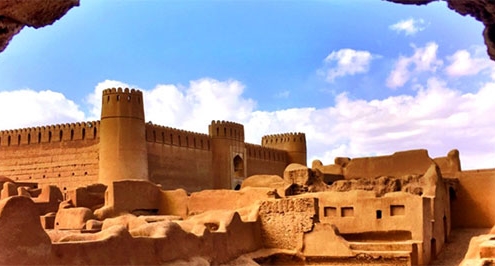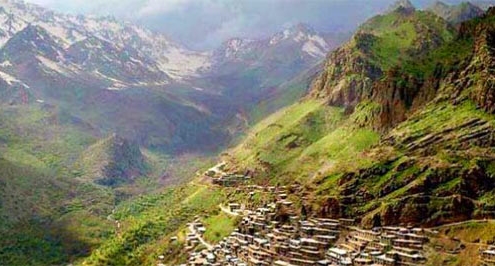The long history and the vast area of Iran have led to amazingly variant climatic conditions, cultural attractions, and natural landscapes. That is why Iran is famous as a destination for all four seasons, a land that offers loads of opportunities for all nature and adventure lovers who dream of various thrilling experiences such as climbing, canyoning, skiing, marine activities, and safari.
What is famous in Iran? Well, the best of Iran includes 24 UNESCO Cultural Heritage Sites and two UNESCO Natural Site as well as 13 Intangible Cultural Heritage registered on UNESCO and many more registered on Iran National Heritage List, that has made this country resemble like a live museum for all avid culture lovers, too. And surprisingly there are still more places you can visit!
Iran’s top attractions appeal to many international tourists from all around the world. Most itineraries offer 7 days to a 14-day tour to Iran, and yet they miss many tourist attractions in Iran! As long as you stay here, there is no shortage of Iran tourist attractions and there are places worth visiting.
If you have decided to visit historical places in Iran or Iran’s fascinating sceneries you can trust Iran Doostan Tours Co. We have a good three decades of experience in operating incoming tours to Iran and our professional experts would offer you the best Iran tourist map with reliable itineraries and high-quality services. Regarding a great deal of Iran attractions, we offer a diversity of package tours to Iran ranging from exciting adventure tours such as climbing and bird watching to awesome cultural tours to world heritage sites. MICE tours, safari tours, religious tours, and medical tours to Iran is also among the variety of services we offer.
All you have to do is to get in touch with us through info@idt.ir.
Posts

What do you know about the first Iranian historical monument…

World Wildlife Day is celebrated annually on March 3rd; the United…

New York Times has recently published a post on 52 popular spots…

By early November, many farmworkers including women and men are…

In one of the hottest provinces of Iran, such beauty and splendor…

The Northern of Iran is rich in terms of attractions. Having…

As a metropolitan which has been the capital of Iran for over…

If you are looking for a peaceful trip with beautiful landmarks…

The 5000-year-old civilization of Jiroft is one of the most unknown…

You don't have enough time to visit the whole big city of Tehran?…

There is a fact that shopping is good for mental health. So,…

Yazd, also well-known as the city of windcatchers, is located…

The lovely city of Bushehr is famous for its impressive and peaceful…

Located in the south-west of Iran, on the foothill of Zagros…

Today, on June 21, 2020, Iran observed an annual solar eclipse…

There are hundreds of wonderful places, some of which are well-known…

Shiraz, known as the city of flowers, nightingales, and lovers…

Isfahan, known as the city of marvel embraces the finest architectural…




















